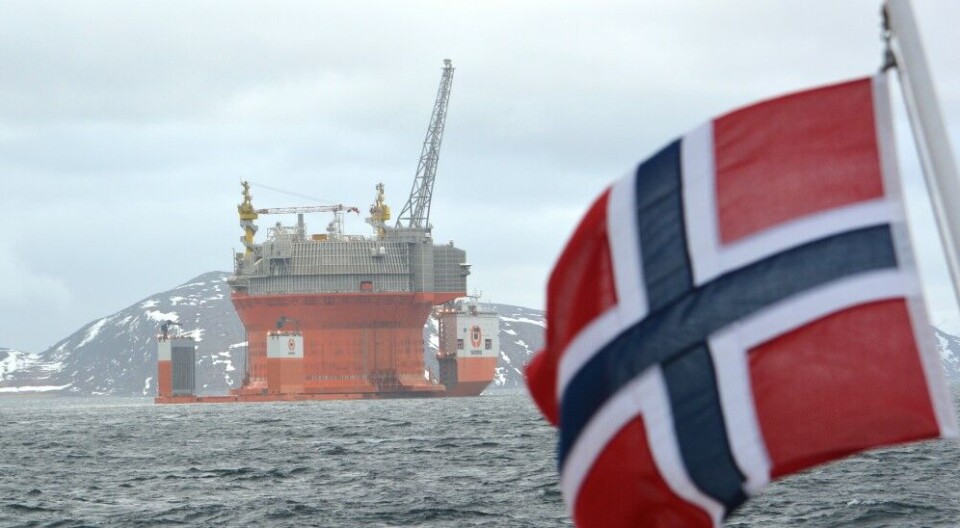
Eni’s Arctic platform Goliat halts production
It is the 5th production stop in less than a year.
p.p1 {margin: 0.0px 0.0px 0.0px 0.0px; font: 11.0px Helvetica; color: #000000; -webkit-text-stroke: #000000}p.p2 {margin: 0.0px 0.0px 0.0px 0.0px; font: 11.0px Helvetica; color: #000000; -webkit-text-stroke: #000000; min-height: 13.0px}span.s1 {font-kerning: none}
The platform, located in the Norwegian Barents Sea, on 26th December closed down production after the discovery of a technical error with the pipe connecting the platform with loading oil tankers. A week later, production was still not restored.
It is the fifth production halt since the platform came into operation in January 2016, Dagens Næringsliv reports. According to the newspaper, operator company Eni in the course of the year reported a total 34 cases of technical error to the authorities.
In late August, a full power outage struck the platform, and it took the company a full month to get the pumps back running.
The Norwegian Petroleum Safety Authority now intends to step up inspections of the installation.
Press spokesman Øyvind Midttun confirms to DN that the Petroleum Safety Authority in the course of all 2017 will pay a close eye to Eni and its risk management and accident prevention at Goliat.
«Eni has admitted that there is a need for improved risk management», Midttun says.
After huge cost overruns and long delays, Eni started production at Goliat on March 13, 2016, almost three years after the original schedule. The same month, the first shuttle tanker picked up oil at the installation.
The Goliat field holds about 180 million barrels of oil. Production is run by a Sevan 1000 FPSO, a floating, cylindrical production facility.
Located 88 kilometres north of Hammerfest in the western part of the Barents Sea, Goliat sets world record for being the northernmost offshore oil field. It is the second offshore oil production unit in the European part of the Arctic, after Russia’s Prirlazlomnaya platform in the Pechora Sea.
















